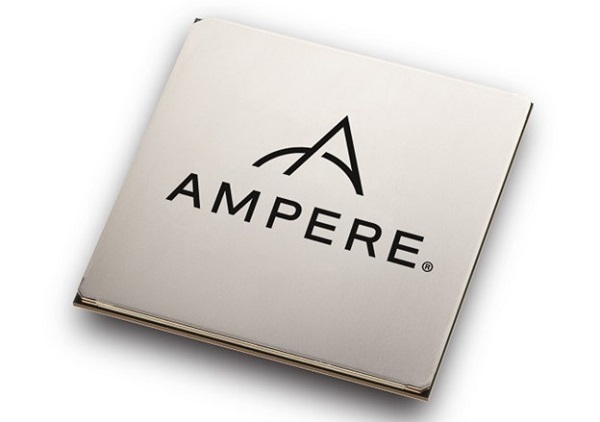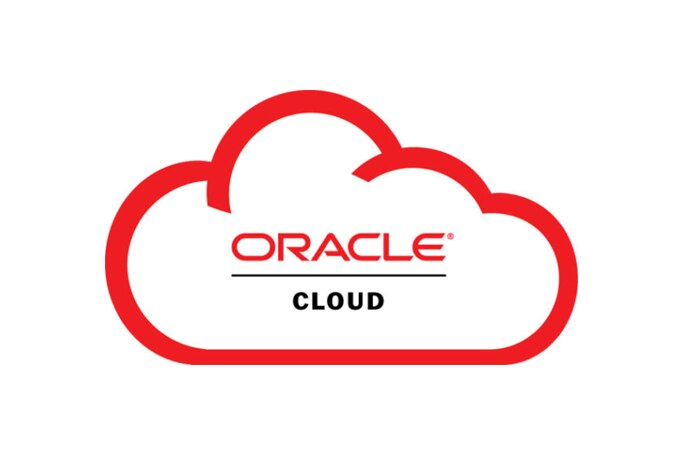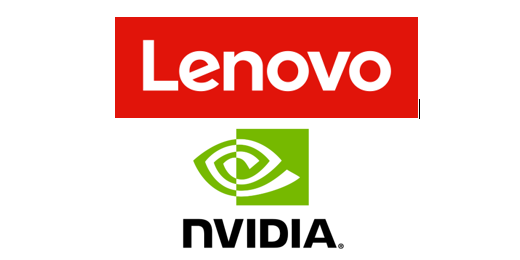 Oracle today said its first Arm-based compute offering, OCI Ampere A1 Compute, is available on Oracle Cloud Infrastructure (OCI) while also announcing tools and support for Arm-based application development.
Oracle today said its first Arm-based compute offering, OCI Ampere A1 Compute, is available on Oracle Cloud Infrastructure (OCI) while also announcing tools and support for Arm-based application development.
“We’re seeing interest from early customers that are using our new Oracle Cloud Infrastructure Ampere A1 Compute instances for computationally intensive workloads like machine learning inferencing, encoding and HPC,” said Matt Leonard, vice president, compute, Oracle Cloud Infrastructure. “For example, a number of universities, such as the University of Bristol and the University of Jena are working HPC workloads on this environment and getting the superior performance and power efficiencies needed to scale their HPC workloads instantly. When you factor in the performance per dollar, the cost benefit is a major advantage,”
“Oracle is the only major cloud provider offering Arm-based compute instances at only one cent per core hour, the industry’s lowest cost per core, with flexible VM sizing from 1 to 80 OCPUs and 1 to 64 GB of memory per core or as a bare-metal service with 160 cores and 1 TB of memory,” the company said. “Customers can now deploy Arm-optimized applications on containers, bare metal servers, and virtual machines in the Oracle public cloud, or Dedicated Region Cloud@Customer.”
Oracle said it is investing in the Arm ecosystem, providing developers with more choice in compute instances and superior price-performance compared to any other x86 instance on a per core basis. Three offerings are available to developers to get started on OCI. With Oracle Cloud Free Tier, developers receive US$300 in free credits for 30 days. The Always Free Arm access gives developers four Ampere A1 cores and 24 GB memory. Lastly, with the newly launched Arm Accelerator program, open source developers, ISV partners, customers and universities with Arm-based development projects that need more resources beyond what the Oracle Cloud Free Tier provides can apply to receive Oracle Cloud credits for a 12-month period.
“The infrastructure industry has been bound to a one-size-fits-all approach to computing, but the next era of compute relies on secure and powerful purpose-built processing,” said Chris Bergey, SVP and GM, Infrastructure Line of Business, Arm. “By bringing to market Arm-based OCI Ampere A1 Compute instances, Oracle is giving customers and developers a choice that is flexible and able to deliver a new level of price-performance to further enable innovation in the cloud.”
Oracle’s development stack is available on Ampere A1 instances, including Oracle Linux, Java, MySQL, GraalVM, and the Oracle Container Engine for Kubernetes (OKE) service. Designed to make it easy for developers to get started, Oracle created an Oracle Linux Cloud Developer image which enables customers to install, configure, and launch a development environment that includes OCI client tools, utilities, and common programming languages such as Java, GraalVM, Python, PHP, Node.js, Go and C/C++. The developer image is easily accessible and can be deployed from the OCI console.
 To help customers take advantage of the latest in Arm technology, Oracle is working with technology and open source partners, such as GitLab, Jenkins, Rancher, Datadog, OnSpecta, NGINX, and Genymobile. To help grow and enrich the Arm developer ecosystem, Oracle also announced that it is joining the Continuous Delivery Foundation (CDF), an open source, vendor-neutral community for sustaining the fastest growing CI/CD open source projects.
To help customers take advantage of the latest in Arm technology, Oracle is working with technology and open source partners, such as GitLab, Jenkins, Rancher, Datadog, OnSpecta, NGINX, and Genymobile. To help grow and enrich the Arm developer ecosystem, Oracle also announced that it is joining the Continuous Delivery Foundation (CDF), an open source, vendor-neutral community for sustaining the fastest growing CI/CD open source projects.
Oracle said the Arm architectures are efficient, scalable and flexible, making the processor suitable for everything from smartphones, IoT devices, PCs, automotive and industrial applications, to supercomputers and servers. From the edge to the cloud, customers can take advantage of Oracle’s range of compute options, its bare metal servers and one of the industry’s first Arm-based flexible virtual machine shapes so they can right-size their workloads, including computationally-intensive and scientific applications, for which “Arm processors provide the price-performance benefits that make it a commonly used platform for high-performance, compute-intensive and scientific applications such as AI/ML inferencing, media transcoding, and running HPC stacks like CFD, WRF, OPENFAM, GROMACS, BLAST, BeeGFS, and NAMD,” Oracle said.
Powered by Ampere Altra processors, the OCI Ampere A1 Compute is a flexible Arm-based virtual machine shape that can be customized based on memory and core requirements. Oracle said it is one of the industry’s first penny-core server in the cloud at only $0.01 per core per hour and $0.0015 per GB of RAM per hour. Ampere’s choice of using a single threaded core, plus sustained 3.0Ghz maximum frequency, results in linear scaling with respect to the cores.
 Ampere’s Altra processors can run all cores at the maximum frequency, ensuring that each A1 core offers predictable performance. In addition, the cores are isolated from the noisy neighbor impact of other workloads running on the same processor. Each core is single threaded by design with its own 64 KB L1 I-cache, 64 KB L1 D-cache and a huge one MB L2 D-cache. The single threaded design also ensures that each thread has its own core and its own resources, eliminating the potential core sharing thread-security issues that have been demonstrated recently. The OCI Ampere A1 Compute shapes are available as both virtual machines up to 80 cores and bare metal instances up to 160 cores.
Ampere’s Altra processors can run all cores at the maximum frequency, ensuring that each A1 core offers predictable performance. In addition, the cores are isolated from the noisy neighbor impact of other workloads running on the same processor. Each core is single threaded by design with its own 64 KB L1 I-cache, 64 KB L1 D-cache and a huge one MB L2 D-cache. The single threaded design also ensures that each thread has its own core and its own resources, eliminating the potential core sharing thread-security issues that have been demonstrated recently. The OCI Ampere A1 Compute shapes are available as both virtual machines up to 80 cores and bare metal instances up to 160 cores.
For benchmarks, when running x264 video encoding workloads on OCI Ampere A1, Oracle said it saw up to a 10 percent performance increase, and up to a 22 percent price-performance benefit compared to x86 based systems. For NGINX reverse proxy workloads on OCI Ampere A1, Oracle saw up to a 46 percent performance increase, and up to a 62 percent price-performance benefit compared to x86 based systems, according to the company.
“In our research, we need quick access to the latest computing technologies to help us solve complex scientific problems at breakneck speed,” said Simon McIntosh-Smith, head of the HPC Research Group, Department of Computer Science, University of Bristol. “With Oracle Cloud Infrastructure, we have gained early access to the latest Arm-based Ampere A1 Compute to get the superior performance and power efficiencies needed to scale our High Performance Computing workloads instantly. In terms of performance per dollar and in terms of cost, it gets even more compelling, which is very exciting.”



